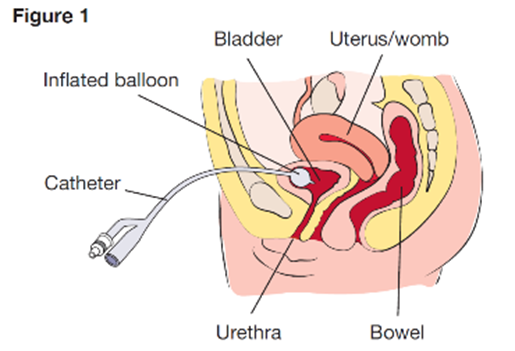A child with peripheral edema who weighs 44 pounds receives a prescription for furosemide 2 mg/kg intravenously every 12 hours. The medication is available at 10 mg/mL. How many mL should the nurse administer? (Enter numeric value only)
The Correct Answer is ["4"]
Step 1 is to convert the child’s weight from pounds to kilograms.
44 pounds ÷ 2.2 = 20 kilograms.
Result at each step = 20 kilograms.
Step 2 is to calculate the total dosage of furosemide in milligrams.
2 mg × 20 kg = 40 mg.
Result at each step = 40 mg.
Step 3 is to determine the volume of medication to administer in milliliters.
40 mg ÷ 10 mg/mL = 4 mL.
Result at each step = 4 mL.
The nurse should administer 4 mL.
Nursing Test Bank
Naxlex Comprehensive Predictor Exams
Related Questions
Correct Answer is B
Explanation
Choice B is correct because initiating a continuous infusion of IV fluids per prescription has highest priority for an infant with pyloric stenosis who is scheduled for a pyloromyotomy. Pyloric stenosis causes projectile vomiting and dehydration, which can lead to metabolic alkalosis and electrolyte imbalance. The infant needs IV fluids to correct these abnormalities and prevent complications.
Choice A is incorrect because marking an outline of the “olive-shaped” mass in the right epigastric area is not a priority action for an infant with pyloric stenosis who is scheduled for a pyloromyotomy. The “olive-shaped” mass is a palpable sign of pyloric stenosis, but it does not require any intervention before surgery.
Choice C is incorrect because monitoring amount of intake and infant's response to feedings is not a priority action for an infant with pyloric stenosis who is scheduled for a pyloromyotomy. The infant may have difficulty feeding due to vomiting and gastric distension, which can worsen their dehydration and malnutrition. The infant may need to be kept NPO (nothing by mouth) before surgery.
Choice D is incorrect because instructing parents regarding care of the incisional area is not a priority action for an infant with pyloric stenosis who is scheduled for a pyloromyotomy. The incisional area will need proper care after surgery, but this can be taught later when the infant is stable and ready for discharge.
Correct Answer is A
Explanation
Choice A: Observing the insertion site of the suprapubic catheter is an essential assessment for the home health nurse, as this can help detect any signs of infection, inflammation, or leakage. Therefore, this is the correct choice.
Choice B: Palpating the flank area is not a necessary assessment for the home health nurse, as this is not related to the suprapubic catheter. This is a distractor choice.
Choice C: Measuring abdominal girth is not a relevant assessment for the home health nurse, as this is not affected by the suprapubic catheter. This is another distractor choice.
Choice D: Assessing the perineal area is not an important assessment for the home health nurse, as this is not involved in the suprapubic catheter. This is another distractor choice.

Whether you are a student looking to ace your exams or a practicing nurse seeking to enhance your expertise , our nursing education contents will empower you with the confidence and competence to make a difference in the lives of patients and become a respected leader in the healthcare field.
Visit Naxlex, invest in your future and unlock endless possibilities with our unparalleled nursing education contents today
Report Wrong Answer on the Current Question
Do you disagree with the answer? If yes, what is your expected answer? Explain.
Kindly be descriptive with the issue you are facing.
